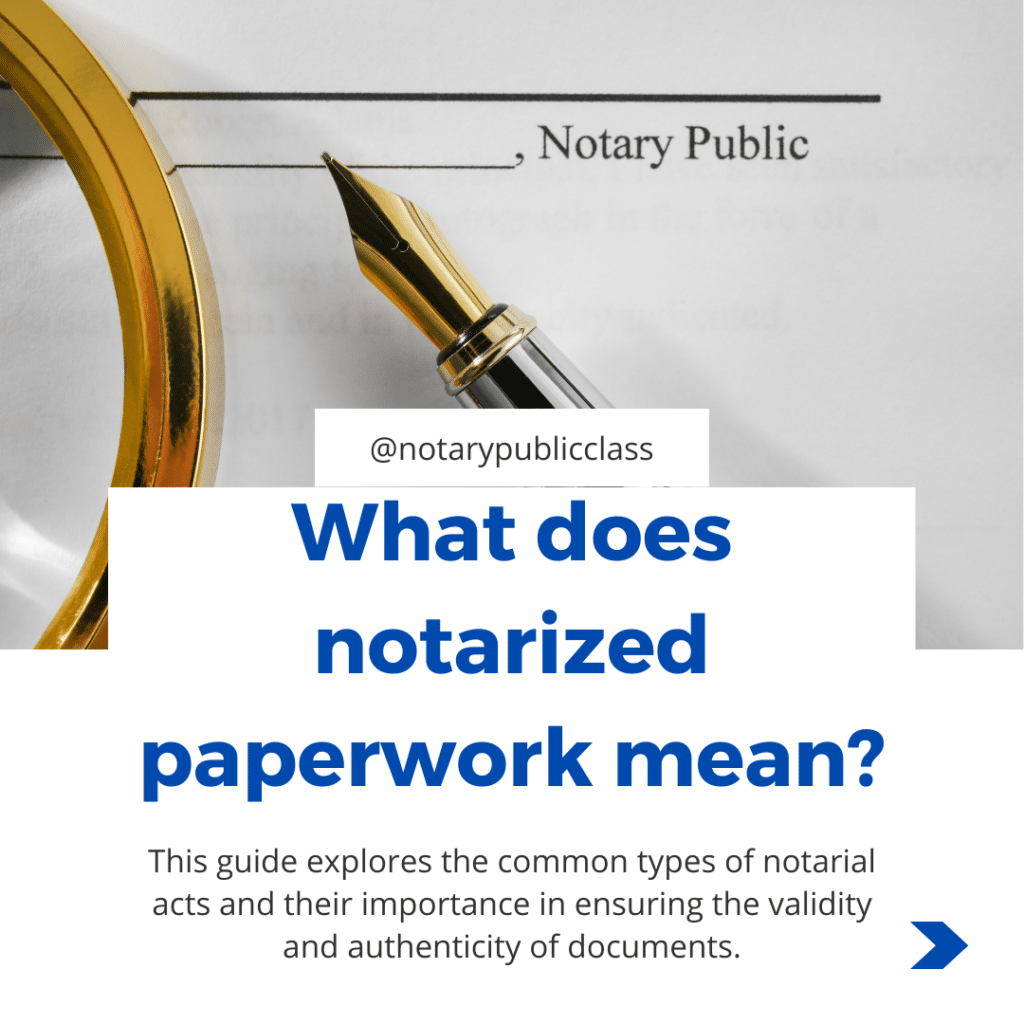Supported Decision Making Application: A Step-by-Step Guide

🌟 Note: This guide assumes you have basic familiarity with decision-making processes or related software. If you're new, consider reviewing basic decision theory before proceeding.
Introduction to Supported Decision Making

Supported Decision Making (SDM) is a framework designed to assist individuals in making informed choices about their lives while promoting autonomy and independence. SDM applications help by providing tools and resources to guide decision-makers through complex choices, ensuring these decisions are aligned with personal values, preferences, and legal considerations.

Choosing the Right SDM Application

- Needs Assessment: Identify the specific needs related to decision-making (legal, financial, health, etc.).
- User Friendliness: Ensure the application interface is intuitive and accessible, especially for those with diverse abilities.
- Features: Look for features like:
- Customizable decision trees.
- Support for multiple decision-makers.
- Data security protocols.
- Compatibility with assistive technology.
Setting Up Your SDM Application

1. Installation and Initial Setup

Download or Access the Application:
- Depending on the application, you might download it from the app store, sign up on a web platform, or use a desktop version.
Create User Accounts:
- Each decision-maker should have their own account, with proper security measures like two-factor authentication.
Initial Configuration:
- Set up default preferences, decision categories, and privacy settings.
🔐 Note: Always keep login credentials secure and regularly update your password to protect your personal data.
2. Customizing the Decision Tree

Define Decision Categories:
- Use the application to categorize decisions (e.g., health, financial, social, etc.).
Create Decision Pathways:
- Build a decision tree by:
- Identifying the decision to be made.
- Listing out possible outcomes or steps.
- Assigning probabilities and weights to outcomes if applicable.
- Including support options or resources at each step.
- Ensure pathways are clear and aligned with the individual’s values and legal rights.
- Build a decision tree by:
| Decision Step | Action | Outcome | Support Options |
|---|---|---|---|
| Health Decision | Seek Medical Advice | Diagnosis | Doctor, Therapist, Advocate |
| Legal Decision | Review Legal Implications | Legal Advice | Lawyer, Legal Aid |

Navigating the Decision-Making Process

Gather Information:
- Utilize the app’s tools to research relevant facts, laws, or resources needed for your decision.
Make the Decision:
- Follow the decision tree you’ve set up. If unsure, seek advice or return to information gathering.
Document the Process:
- Many SDM applications offer features to document decision processes, ensuring accountability and transparency.
Training and Support

- User Training: Most applications come with tutorials or guides. Dedicate time to learn the interface and functionalities.
- Community and Professional Support: Engage with communities or forums for SDM users or seek professional guidance where necessary.
The journey of implementing Supported Decision Making with an application can significantly enhance one’s ability to live autonomously while receiving the necessary support. Remember, the goal is not just to make decisions but to make them in a way that respects individual autonomy, legal frameworks, and personal values. This guide has provided a structured approach to selecting, setting up, and using an SDM application. By ensuring the process is well-documented, transparent, and inclusive of all necessary support, you’re empowering yourself or others to make informed decisions with confidence.
What are the key benefits of using an SDM application?

+
SDM applications provide structured guidance, personalized support, documentation of decision processes, and promote autonomy by facilitating informed choices aligned with personal values.
Can SDM applications be used in professional settings?

+
Yes, they can be adapted for use in professional settings, especially in areas like human resources, healthcare, or legal where decisions need to be made with due diligence and documentation.
How can you ensure the decision tree is truly representative of an individual’s values?

+
Customize the decision tree with input from the decision-maker, incorporating their preferences, values, and legal considerations. Engage them in creating and reviewing decision pathways regularly.



